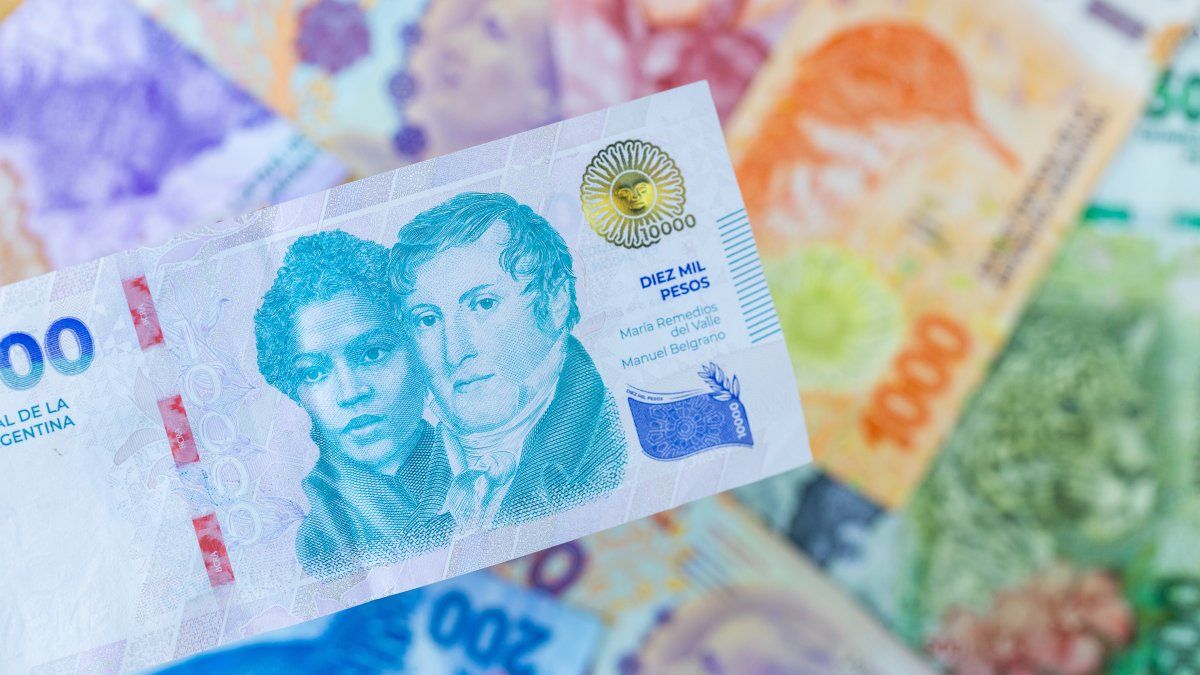Right next to the Argentina, a giant threatens to take over the world grain market. His proximity to the large emerging economies and his intention to dedollarize transactions They promise to change the board of the commodity market. But what is behind this success of Brazilian agriculture? Geographic area, financing programs for the sector and an unprecedented volume of production impose “the force” on the South American giant. But also, the truth is that Brazil has spun fine threads into the agricultural fabric.
In Brazil, the combined production of soybeans and corn has experienced notable growth, “exceeding more than three times the volumes recorded at the beginning of the year 2000,” he begins by explaining. Ariel Tejararesponsible for the Brokerage’s Analysis Department Grassi SAin statements to Ambit. In the last campaign, it is estimated that soybean production “exceeded 150 million tons and corn production reached 130 million tonsaccording to data from the US Department of Agriculture (USDA, in English).
Brazil: factors and technical aspects behind the agricultural boom
“This impressive increase in production is attributed to a number of key factors, including economic policies favorable to the sector, modernization and a significant expansion of the area intended for planting“Warns Tejara.
According to the analyst Grassione of the technical aspects that has contributed to this growth is the increase in yields per hectare which, in the case of soybeans, increased them by approximately 25% since the year 2000, reaching a national average of around 35 quintals per hectare in the last cycle. Regarding corn, yields improved by almost 90%, reaching 61 quintals per hectare in the last campaign.
And refering to the expansion of the cultivated and harvested areain the case of soybeans, has tripled since the beginning of the millennium, “reaching approximately 44 million hectares in the 2022/23 campaign”, assures Tejara. In corn, surface expansion is close to 70%reaching 22.4 million hectares in the last cycle.
Soy.jpg
Thus, when comparing the situation of Brazil with Argentina, Roman Dante, professor at the Agribusiness and Food Center at the Austral University, explains to this medium that the neighboring country has great room to continue expanding its agriculture in a sustainable way. This positions it as an even greater agricultural power for the future. “This expansion regional dynamics are changing and diluting the influence of Argentina”, he warns.
Brazil’s strategy to expand the agricultural frontier
In the last 15/20 years, Brazil has followed a clear strategy to expand its agricultural frontier towards the north, “especially in regions such as Mato Grosso”, indicates Teo Zorraquin from the consulting firm Zorraquin+Meneses to this medium. The South American giant capitalized on technologies available in “genetics, biotechnology and fertilization, adapting them according to your needs”.
In addition, he adds, they have maintained “favorable policies for the agricultural sector, without withholdings on exports or restrictions on imports, and they have maintained macroeconomic stability in aspects such as inflation and exchange rate,” says Zorraquin without the intention of comparing.
This strategy includes the promotion of strong private investment, as well as wealthy public investment in infrastructure, such as routes and communications, in industrial facilities and ports. “Agricultural producers have the will and capacity to take advantage of these opportunities,” says the agricultural expert who adds: “Although it is not without challenges, “This approach has established a clear and sustained course over time for agricultural development in Brazil.”
Such is the weight of Brazil as a grain producer in the world that, while the drought that Argentina suffered in the 2022/23 campaign and which caused a drop of more than half of the production planned for the period, did not affect international soybean prices downwards, but, on the contrary, they rose that year, when it was Brazil’s turn, which in 2021/22 suffered the same conditions, these will react upwards. “This marks how the relative weight of the countries has been changing“, summarizes.
Thus, for Romano, it is confirmed that, “in Argentina, we have remained in the background“and explains that this has a lot to do with Brazil’s productive progress.
Agricultural development in Brazil: state support, the key
Guido D’Angeloeconomist of the Rosario Stock Exchange (BCR) highlights that agricultural growth in Brazil It is due to sustained policies to promote agroindustry, “such as the Safra Plan since 2003”, which offers credit to producers of all sizes. Compare that, while Argentina has raised nearly US$200,000 million from the countryside through export rights between 2002 and 2021, Brazil injected almost the same amount (around US$190,000 million) into agriculture, mainly through mentioned plan.
In fact, this year, the Safra Plan plans to grant US$76,000 million in credits to producers. Of course, in this there is also a component of “luck” or chance, whatever you want to call it. And, on the other hand, D’Angelo mentions that, while Argentina suffered from inclement weather, Brazil practically “did not lack a single drop of water.”
That led to one of “the best harvests in Brazilian history“, which, added to a “sustained institutional framework”, allows the neighboring country to take full advantage of this robust production.
Without a doubt, an issue that the next government will have to face is the competitiveness of Argentine agriculture; independent of joining a geopolitical bloc like the BRICS, since the growth of production in Brazil, to some extent, has shown that it imposes threats to local and international prices. A role model for Argentinawithout a doubt, in pursuit of being more competitive in the world.
Source: Ambito




